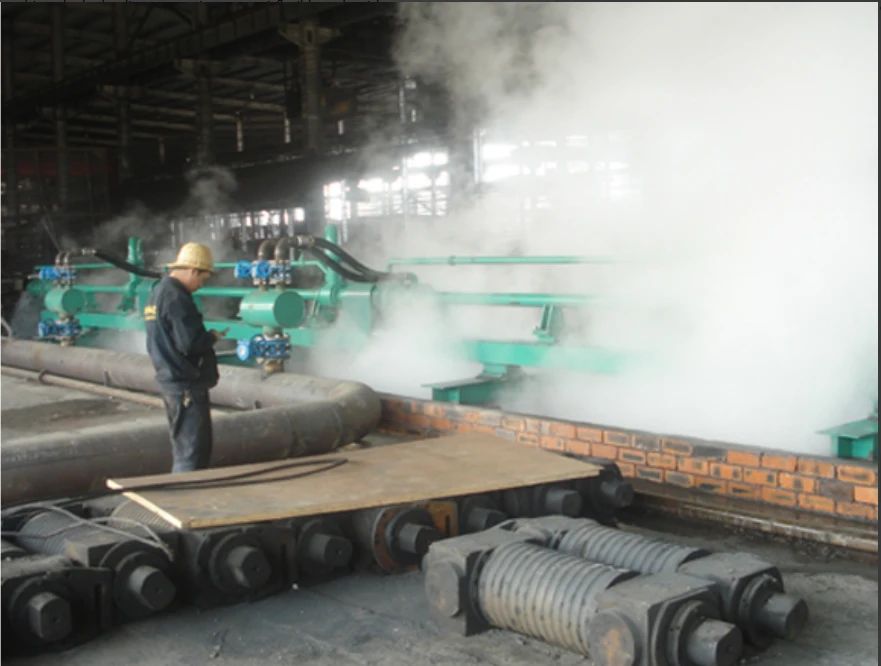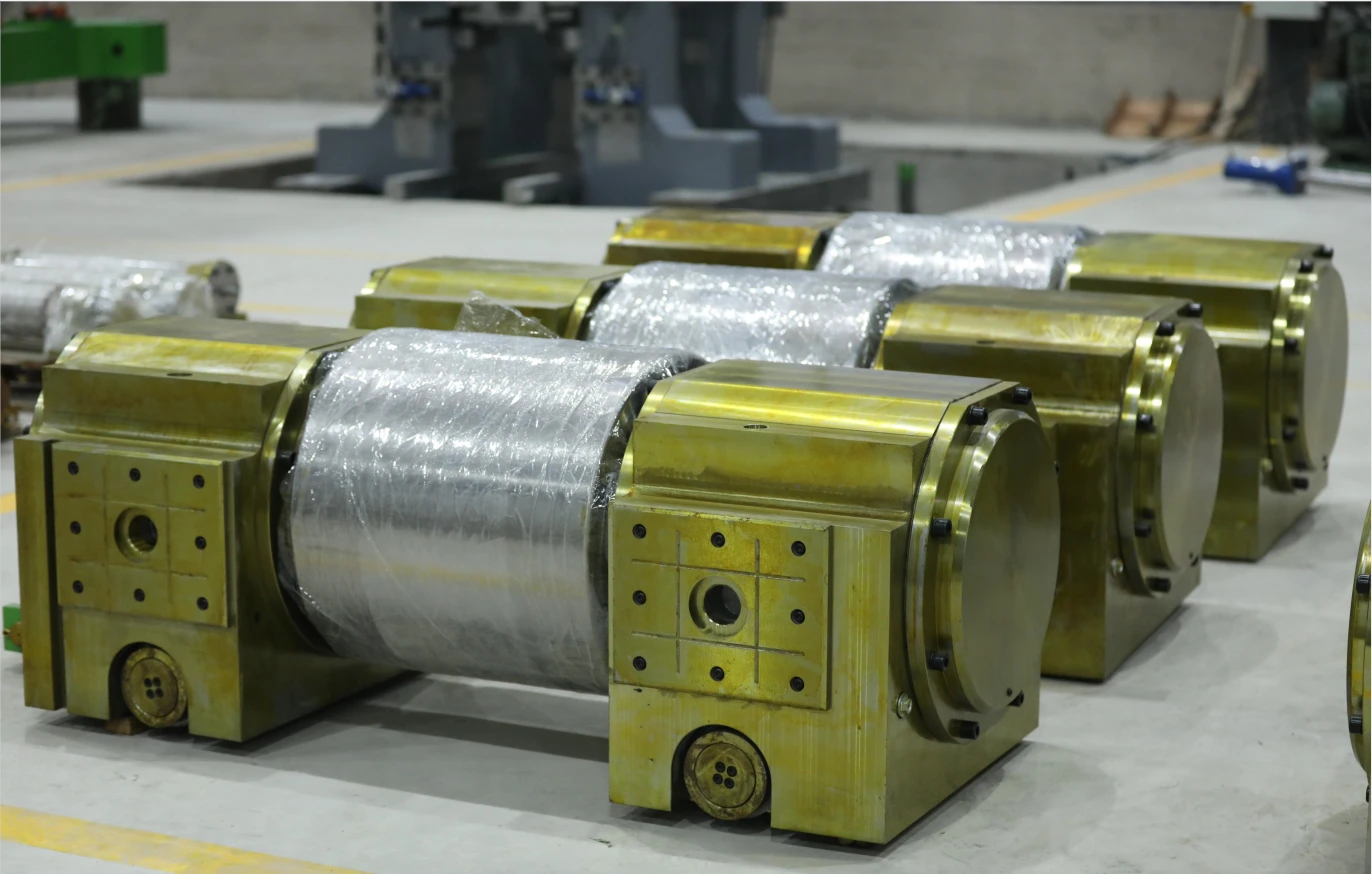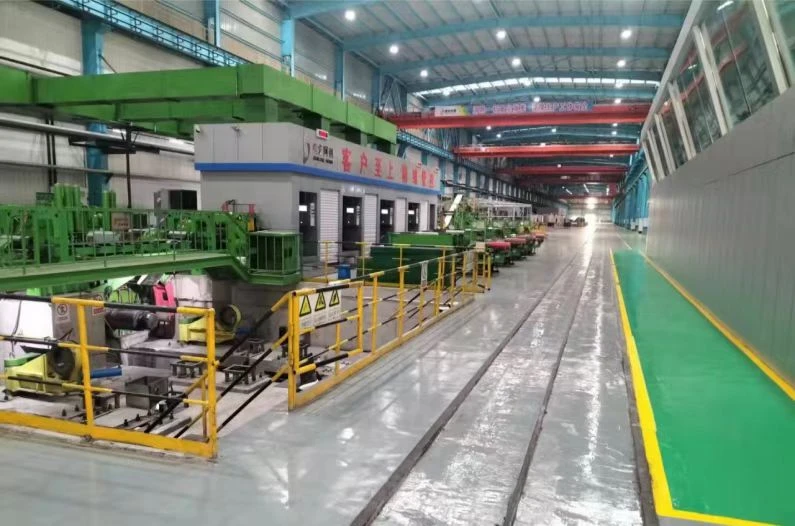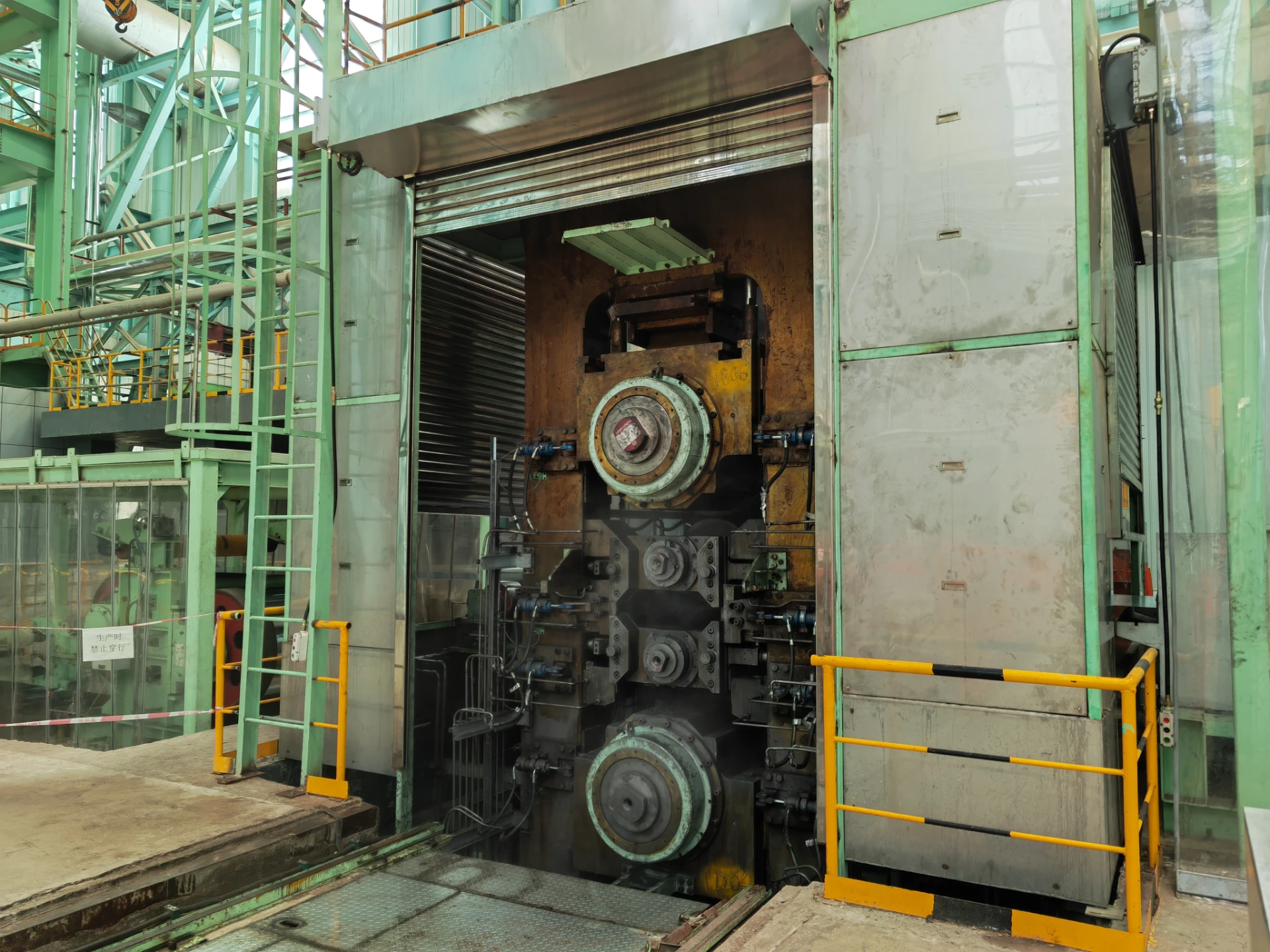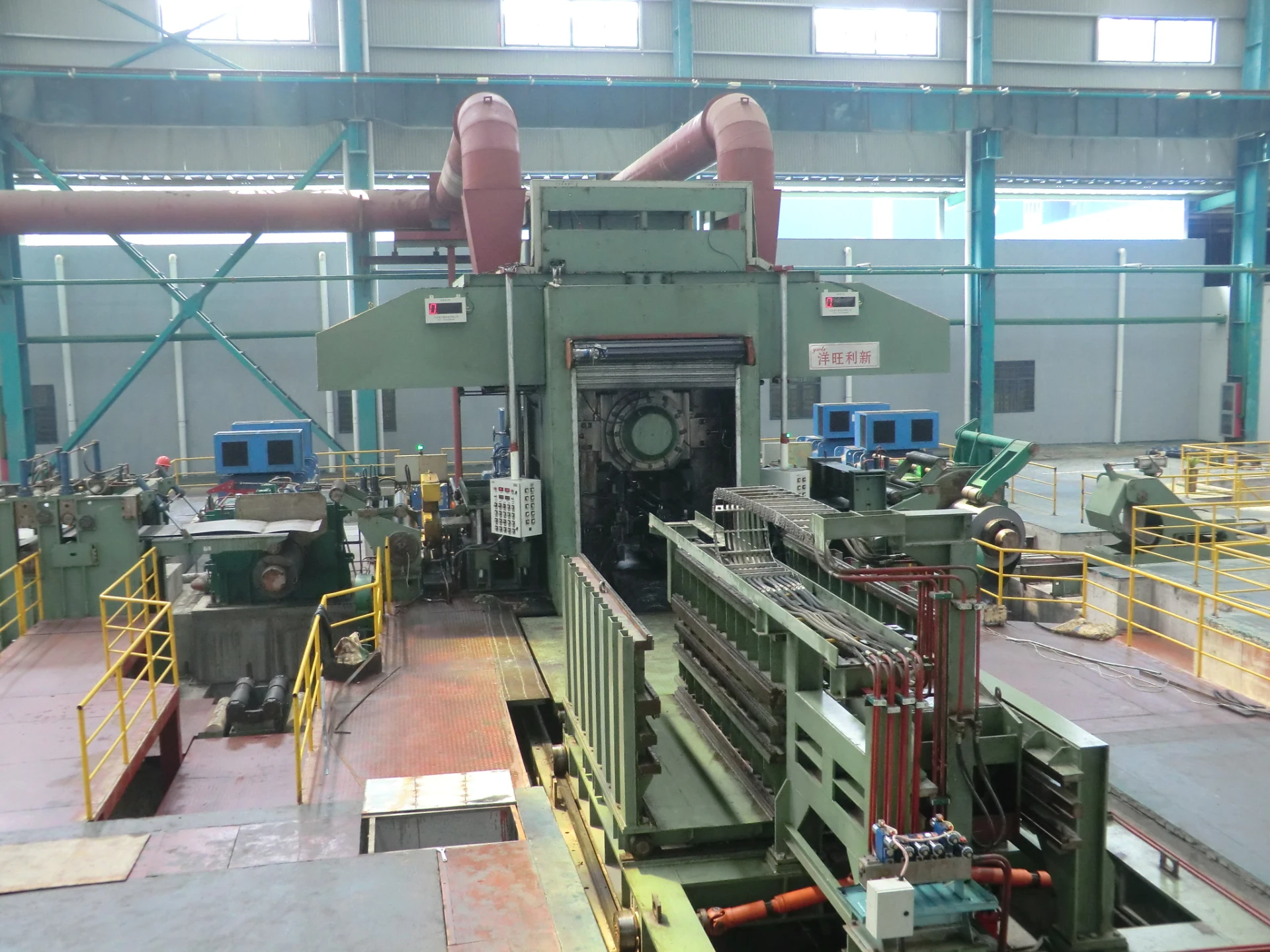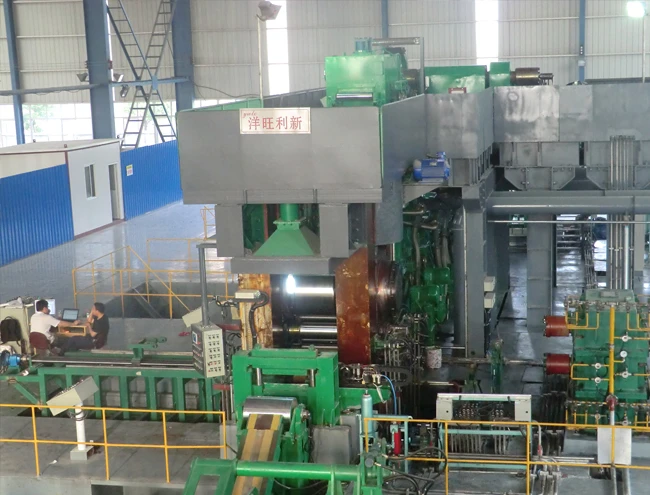
Global Trends in Cold Rolling Mill Technology
The steel manufacturing industry continues to evolve, with cold rolling mill technology playing a pivotal role in producing high-quality, precision steel products. As demand for stronger, thinner, and more uniform steel sheets grows, manufacturers are investing in advanced cold rolling mill machines to enhance efficiency and product quality. Whether looking for a cold rolling mill for sale or optimizing existing production lines, understanding global trends in cold rolling technology is essential for staying competitive.
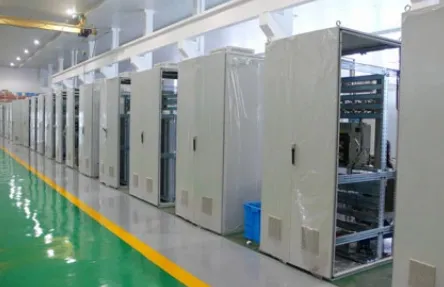
Automation and Digitalization in Cold Rolling Mill Machines
One of the most significant trends in cold rolling mill technology is the integration of automation and digitalization. Modern cold rolling mill manufacturers are incorporating Industry 4.0 solutions, including AI-driven process control, predictive maintenance, and real-time monitoring systems. These innovations enhance precision in thickness control, reduce material waste, and improve overall mill efficiency.
Automated cold rolling mill machines now feature advanced sensors and machine learning algorithms that adjust rolling parameters dynamically. This minimizes human error and ensures consistent product quality, particularly for high-strength automotive steels and specialty alloys. Additionally, digital twin technology allows operators to simulate rolling processes before production, optimizing settings for different cold rolling mill products such as strips, coils, and sheets.
Energy Efficiency and Sustainable Cold Rolling Practices
Sustainability is a driving force in modern cold rolling mill advancements. Steel plants worldwide are under pressure to reduce energy consumption and carbon emissions, leading cold rolling mill manufacturers to develop eco-friendly solutions. New-generation mills incorporate regenerative braking systems that recover energy during deceleration, significantly lowering power consumption.
Furthermore, innovations in lubrication and cooling systems minimize oil usage while maintaining superior surface finish on cold rolling mill products. Some mills now employ dry rolling or minimum-quantity lubrication (MQL) techniques, reducing environmental impact without compromising performance. As regulations tighten, steel producers seeking a cold rolling mill for sale are prioritizing energy-efficient models that align with global sustainability goals.
High-Strength and Ultra-Thin Steel Production of Cold Rolling Mill
The demand for lightweight yet durable materials in automotive, aerospace, and electronics industries is pushing cold rolling mill technology to new limits. Modern mills are capable of producing ultra-thin steel foils (as thin as 0.05mm) with exceptional strength and surface quality. This is achieved through advanced roll gap control, tension leveling, and precision temper rolling.
Cold rolling mills in steel plants are increasingly equipped with high-rigidity rolling stands and backup roll systems to handle advanced high-strength steels (AHSS) and electrical steels. These materials require precise work hardening and grain structure control, which next-generation mills achieve through enhanced process automation and closed-loop feedback systems.
Hybrid and Compact Cold Rolling Mill Designs
Space constraints and the need for flexible production have led cold rolling mill manufacturers to develop compact and hybrid mill configurations. Tandem cold rolling mills with multiple stands remain dominant for high-volume production, but new single-stand reversible mills are gaining popularity for their versatility in processing smaller batches of specialized cold rolling mill products.
Modular mill designs allow steel plants to integrate additional processing steps—such as inline annealing, coating, or slitting—into a single continuous line. This reduces material handling and improves production efficiency. For companies evaluating a cold rolling mill for sale, these flexible configurations offer cost-effective solutions for diverse product requirements.
Advanced Materials and Coatings for Longer Cold Rolling Mill
The harsh operating conditions of cold rolling necessitate durable mill components. Recent advancements in roll materials—such as tungsten carbide (WC) and ceramic-coated rolls—extend service life while maintaining precise tolerances. These materials resist wear and thermal fatigue, reducing downtime for roll changes and maintenance.
Additionally, cold rolling mill manufacturers are adopting advanced bearing technologies and hydraulic systems that enhance load distribution and reduce vibration. This improves strip flatness and surface quality, particularly when rolling high-precision cold rolling mill products like automotive body panels or packaging steels.
Global Market Expansion and Localized Production of Cold Rolling Mill
As emerging economies ramp up steel production, the demand for cold rolling mills is growing in regions like Southeast Asia, India, and Africa. Leading cold rolling mill manufacturers are establishing localized production and service hubs to cater to these markets, offering customized solutions for regional steel grades and end-use applications.
At the same time, established steel-producing nations are upgrading aging mills with smart retrofits to maintain competitiveness. Whether installing a new cold rolling mill machine or modernizing legacy equipment, the focus remains on improving yield, reducing scrap rates, and meeting stringent quality standards for global supply chains.
Smart Mills and Green Steel Initiatives of Cold Rolling Mill
The future of cold rolling mill technology lies in further integration of AI, IoT, and sustainable practices. Smart mills with self-optimizing capabilities will become standard, while hydrogen-based annealing and renewable-powered rolling mills could revolutionize green steel production.
For manufacturers investing in a cold rolling mill for sale, staying ahead means adopting technologies that balance productivity, precision, and environmental responsibility. As the industry evolves, cold rolling mills in steel plants will continue to be at the heart of high-performance steel manufacturing, driving innovation across multiple sectors.
Embracing Innovation in Cold Rolling Technology
The global cold rolling mill sector is undergoing rapid transformation, driven by automation, sustainability, and material science advancements. From AI-powered process control to energy-efficient mill designs, manufacturers must adapt to remain competitive in producing high-quality cold rolling mill products.
For steel producers, selecting the right cold rolling mill machine—whether new or upgraded—requires careful consideration of these trends. By leveraging cutting-edge technology, the industry can meet growing demand while reducing its environmental footprint, ensuring a sustainable future for cold rolling in the global steel market.
-
Indian Clients Visit YWLX to Inspect Skin-pass MillNewsJun.22,2025
-
Typical Products from Reversing Cold Rolling ProcessNewsMay.26,2025
-
Surface Finish Improvement through Skin Pass RollingNewsMay.26,2025
-
Integration of AGC Systems in Modern Cold Rolling MillsNewsMay.26,2025
-
Cold Rolling in the Context of High-Strength Steel DemandNewsMay.26,2025
-
AGC in Hot Rolling Mills: Challenges and SolutionsNewsMay.26,2025
-
Why Reversing Cold Rolling Mills Are Ideal for Specialty MetalsNewsMay.13,2025



